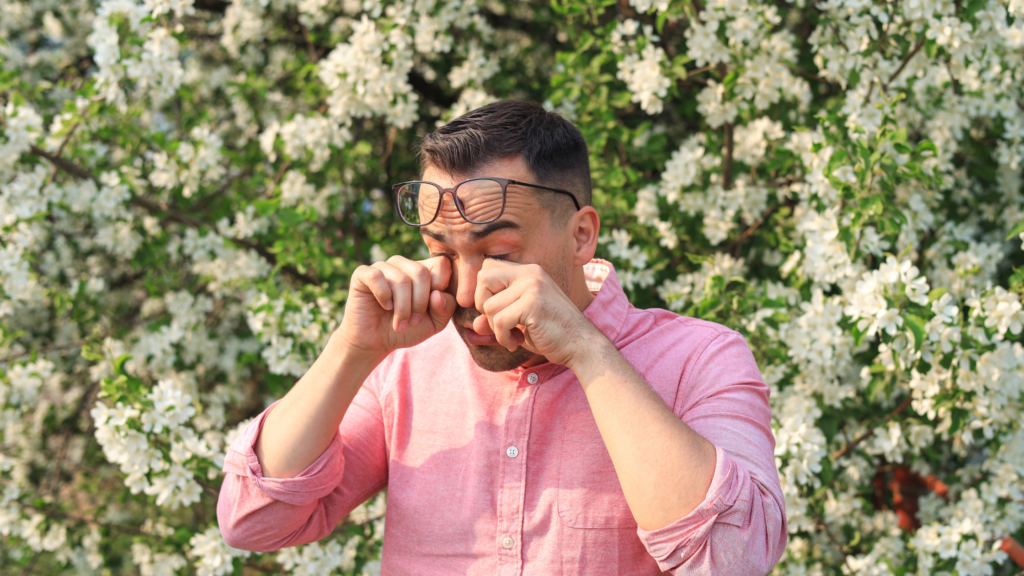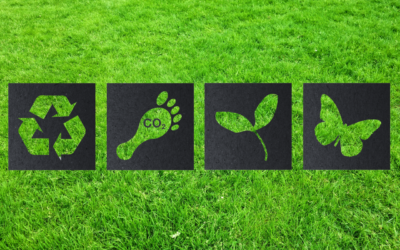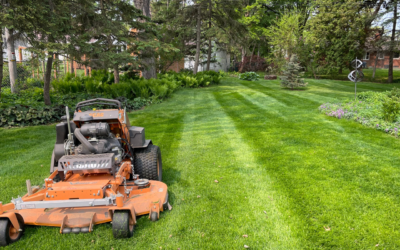As spring blossoms and nature awakens, so does the onslaught of seasonal allergies. For many, this time of year is brutal, bringing sneezing, itching, and congestion, making outdoor activities less enjoyable. However, by implementing some simple changes to your yard, you can create a sanctuary free from allergens. Here’s a few steps you can take to alleviate seasonal allergies and transform your outdoor space into a haven of relief.
1. Choose Low-Allergen Plants:
One of the most significant contributors to seasonal allergies is pollen from trees, grasses, and flowers. To minimize exposure, opt for low-allergen plants in your yard. These include species such as hostas, geraniums, and pansies, which produce minimal pollen. Additionally, consider planting female varieties of trees, such as fruit trees, which produce fewer allergenic flowers compared to their male counterparts.
2. Maintain Your Lawn:
Regular lawn maintenance can significantly reduce allergens in your yard. Keep grass mowed short to minimize pollen production, and promptly remove fallen leaves and debris, which can harbor mold spores. Consider investing in a lawn mower with a built-in bagger to collect grass clippings and prevent them from becoming airborne allergens. Additionally, ensure proper drainage to prevent water accumulation, which can create a breeding ground for mold and mildew.
3. Create Allergy-Free Zones:
Designate specific areas of your yard as allergy-free zones where allergen-producing plants are kept to a minimum. This could include a paved patio, deck, or gravel area where outdoor furniture and activities can be enjoyed without the risk of triggering allergies. Incorporate low-allergen plants and non-flowering shrubs to enhance the beauty of these spaces while minimizing allergen exposure.
4. Install a Pollen Barrier:
Consider installing a pollen barrier, such as a hedge or fence, to create a physical barrier between your yard and neighboring allergen sources, such as grassy fields or wooded areas. Dense evergreen shrubs, such as boxwood or holly, can serve as effective pollen barriers while adding privacy and aesthetic appeal to your yard. Be sure to choose varieties that are well-suited to your climate and soil conditions for optimal performance.
5. Control Weeds:
Weeds such as ragweed, dandelion, and nettle are notorious allergen producers that can wreak havoc on allergy sufferers. Take proactive measures to control weeds in your yard by pulling them manually or using environmentally friendly weed control methods. Consider applying a pre-emergent herbicide in early spring to prevent weed seeds from germinating, and spot treat any existing weeds with targeted herbicides as needed.
6. Limit Flowering Plants:
While flowering plants add beauty and color to your yard, they can also contribute to seasonal allergies. Limit the number of flowering plants in your yard, especially those with high pollen counts or strong fragrances. Opt for non-flowering alternatives such as ferns, ornamental grasses, and foliage plants, which are less likely to trigger allergies. If you can’t resist adding flowering plants to your yard, choose varieties with low pollen counts and minimal fragrance.
7. Create a Pollinator Garden:
If you’re a fan of pollinators such as bees and butterflies but want to minimize allergen exposure, consider creating a pollinator garden with allergy-friendly plants. Choose flowering plants that are attractive to pollinators but produce minimal pollen, such as lavender, salvia, and butterfly bush. By providing a habitat for pollinators away from high-traffic areas of your yard, you can enjoy their beauty while minimizing allergy triggers.
By implementing these strategies, you can transform your yard into a haven of relief from seasonal allergies. From choosing low-allergen plants to creating allergy-free zones and controlling weeds, there are plenty of ways to minimize allergen exposure and maximize outdoor enjoyment. With a little effort and creativity, you can create a beautiful and allergy-friendly outdoor space where you can breathe easy and savor the joys of spring.
Considering professional lawn care this year? Friske Lawn Care is here for you! Contact us at 608-445-5883 or shoot us an email at friskelawncare@gmail.com.
The Therapeutic Benefits of a Well-Maintained Lawn
In the hustle and bustle of modern life, finding a sanctuary can make all the difference in maintaining our mental well-being. One such refuge may be closer than you think: your own backyard. A well-maintained lawn is not just a mark of curb appeal—it can be a serene...
Organic Lawn Care Tips for Eco-Friendly Homeowners
As more homeowners become environmentally conscious, the shift towards organic lawn care practices is becoming increasingly popular. Not only does it ensure a beautiful lawn, but it also protects the health of your family, pets, and the local ecosystem. Here’s a guide...
The Benefits of Professional Lawn Care: Why Hiring a Lawn Mowing Company is Worth It
Maintaining a lush, green lawn is a point of pride for many homeowners. However, achieving that picture-perfect lawn requires time, effort, and expertise. As the summer months approach and lawns begin to grow rapidly, many homeowners find themselves facing the...




